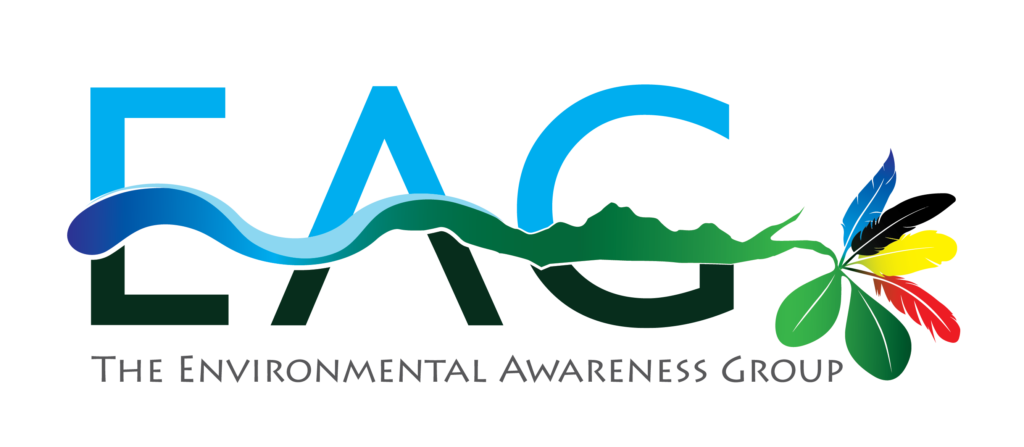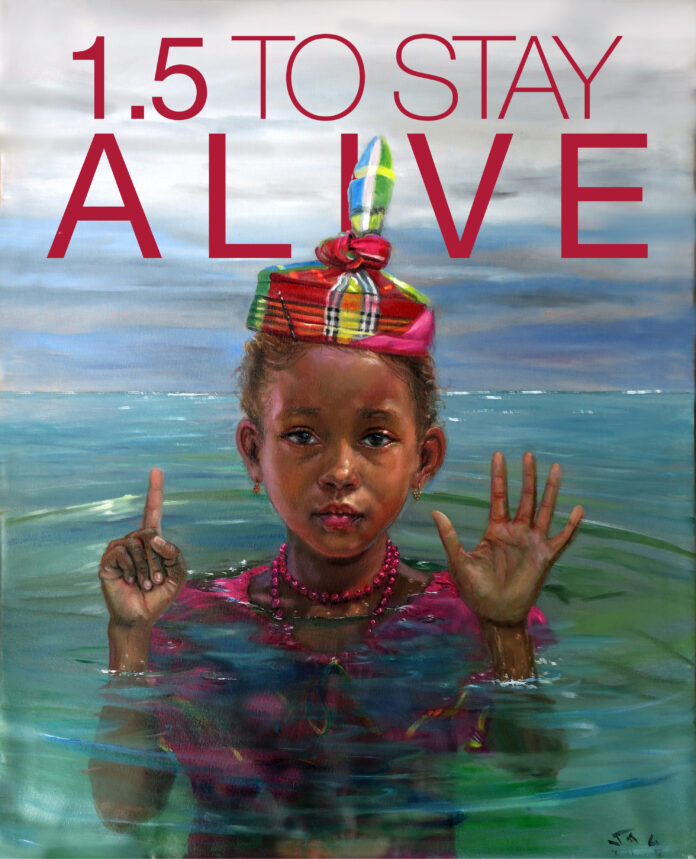
On September 212016, Antigua and Barbuda became the 29th country to ratify the Paris Agreement on global climate change.
One of the goals of the agreement was to take steps to reduce global emissions of greenhouse gases in the hopes of “holding the increase in the global average temperature to well below 2°C above pre-industrial levels and to pursue efforts to limit the temperature increase to 1.5°C”.
From this goal arose the slogan “1.5 to stay alive”; this underlines the gravity of the situation the Earth is in. A new slogan was instituted at last year’s COP26, which was “Keep 1.5 Alive”. What impacts does climate change have for us in the Caribbean?
Temperature increases strike directly at our economic sustainability. One victim of unsound environmental practices are coral reefs, which are very sensitive to temperature changes. According to the Trinidad and Tobago Newsday website, even 1.5°C of warming would cause a decline of 70 to 90 percent in coral reefs, whereas virtually all would be lost with a 2°C rise in temperature. Coral reefs serve as habitats for all species of marine life, many of which are sources of revenue. No fish, no income for our fisherfolk.
Every year, starting on January 14, is the Caribbean Waterbird Census, which is a regional event where volunteers take stock of the bird populations that can be found in the Caribbean. Among these birds can be found migratory species that originate in much colder regions such as North America. Driven by the appeal of warmer conditions compared to their native habitats during the winter months, myriads of them migrate to or through the Caribbean, some going as far as Argentina. Recent research has revealed that climate change affects their migratory patterns; arriving too early “may cause them to miss out on vital resources such as food”, which in turn would lead to a reduction in breeding numbers and expose them to the possibility of starvation.
Much like our avian friends, many tourists come to the Caribbean during the colder months. With the gradual temperature increases, this may become less of an attractive option, especially with the pressures of the global economic crisis. Why spend money to come to our warmer regions when they can experience similar weather, all year round? Fewer tourists means less revenue to pump into our predominantly tourism-dependent economies.
The Caribbean is known for its very warm weather during the summer months, and the manageable coolness of the fall to winter months. With the global rise in temperature, the transition to us experiencing unbearable temperature from year beginning to year end is very possible, which can lead to extreme drought conditions. The Caribbean has already been experiencing periods of meager rain which experts say exacerbates the food insecurity problem that our island nations face. The Caribbean islands’ agricultural sectors, already struggling to support their population’s nutritional needs, are crippled by the lack of water, especially in islands – like Antigua and Barbuda – that aren’t known for ubiquitous freshwater sources.
After the prolonged drought, some islands of the Caribbean were then subjected to the other extreme; torrential rains some of which was brought by terrifying hurricanes during the 2017 season. The hurricane seasons between 2017 and this year have also been characterized by an increasing number of very powerful storms. Sandwiched between the proverbial rock and a hard place, crippling drought on one end of the scale, and devastating hurricanes on the other, we can’t afford for things to get much worse for the region…and the long-term climate forecasts suggest that things will get worse.
We also stand to lose surface area due to the insidious rise of sea levels because of thawing polar regions. Driven by increasingly powerful storms, higher than normal tidal waves and water surges may inundate our beaches, mangroves, and other low-lying areas, stripping our islands of some of our most attractive features that play another role as natural storm buffers.
Despite our very minor role in accelerating climate change, relative to the impacts of large developing countries, we have been making efforts to play our part in climate change reduction. What have we been doing, and what else can be done to alleviate this issue? Stayed tuned for part two.

